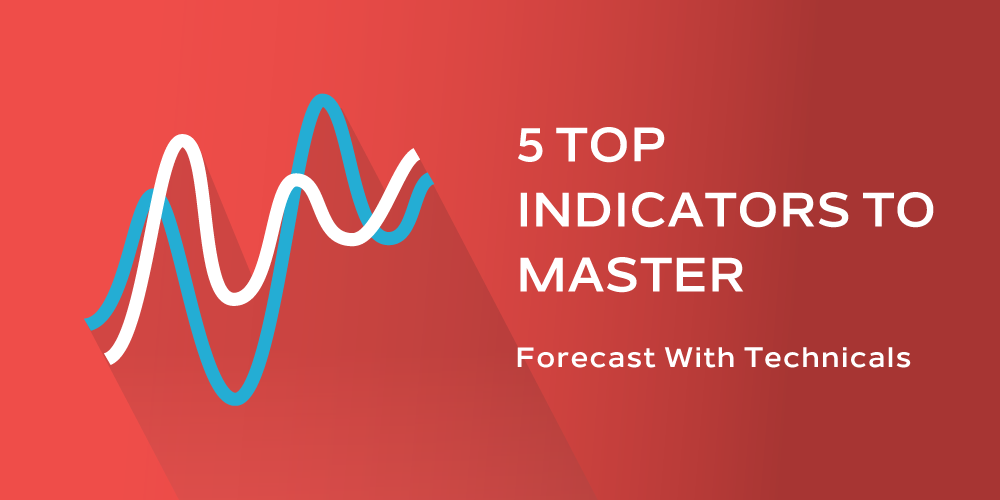
The predictive power of technical indicators is sometimes questioned, especially considering the potential for fakeouts in leading indicators and the delayed power of lagging indicators.
Whether technicals work for forecasting can be debated, but the market reaction to widely held tactics cannot be ignored. If a large number of people believe in a certain indicator setup, it then becomes a self-fulfilling prophecy. Enough traders seeing that moving average cross to initiate or exit will validate the indicator in the short term.
Relying strictly on an indicator to buy or sell is discouraged because it is just one small piece of the market puzzle.
The price action of a stock, ETF or commodity is essential, as well as a dive into the indicators to confirm any commitments. Watch price patterns and formations, and then let the technical indicators reveal the internal fight to forecast.
Learn These Indicators FIRST:
- Support and Resistance – While not a mathematical indicator per se, floor and ceiling price points together are the first step in technical analysis. Follow through or failure on a market move is critical information to form an opinion about the future. Check out this post on how to calculate fundamental areas of potential support and resistance using the daily pivot point.
- Relative Strength Index (RSI) – A momentum indicator measures the rate of higher closes and lower closes. RSI is used to identify overbought or oversold conditions, which in truth are relative and can become more extreme. Take a look at this post on how to use an RSI to enter long stock positions for an even deeper dive into this indicator.
- Moving Averages – This indicator is used to identify trend direction with crossovers entry and exit triggers. Moving averages are lagging indicators that are less sensitive in longer time durations.
- Moving Average Convergence Divergence (MACD) – This trend-following, momentum indicator shows the relationship between two moving averages. Learn how to identify Signal Line Crossovers, Centerline Crossovers, and positive and negative divergences to spot changes in trend direction, strength, and momentum of a market.
- Bollinger Bands – The Bollinger Bands indicator is made up of two simple moving averages with 2 standard deviations applied. The trading envelope is also used to view overbought and oversold.
Plotted price movement is primary for predictive purposes…technical indicators alone may only be one part of the picture, but think of them as one of the key pieces coloring the picture. Without understanding and implementing them, you are setting yourself up to miss the prime windows of buying and selling.










